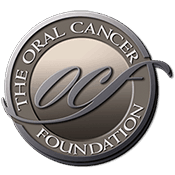Leukoplakia: causes, symptoms, and treatment
Source: www.dentalnewspk.com Author: Dr Amna Bilal Have you ever encountered white patches or spots on your tongue or inside your cheeks? Leukoplakia, a disorder in which white lesions develop inside the mouth, may be the cause. You may have leukoplakia, a mouth condition if you've observed white patches in your mouth that don't appear to go away. Leukoplakia is more common in areas of the mouth with mucous membranes, such as the gums, the inside of the cheek, and the tongue. The skin around the mouth becomes thicker as a result of this condition, and white patches start to appear there. A mouth condition called leukoplakia affects 1% to 2% of people. Most cases involve men over the age of 50, and it typically affects people over the age of 40. Leukoplakia is uncommonly diagnosed in people under the age of 30. Leukoplakia can be challenging for clinicians to identify because some of its symptoms are shared by those of other frequent disorders and diseases of the mouth. However, a proper diagnosis of leukoplakia is required before a biopsy may be performed. Leukoplakia-related lesions can potentially develop malignant cells, resulting in oral and mouth cancer. Leukoplakia: What is it? The condition known as leukoplakia manifests as a white or a grey area on the tongue, the inside of the cheek, or the floor of the mouth. It is the mouth's response to persistent (chronic) mouth mucous membrane irritation. The female genital area can also develop leukoplakia patches, albeit the reason [...]
